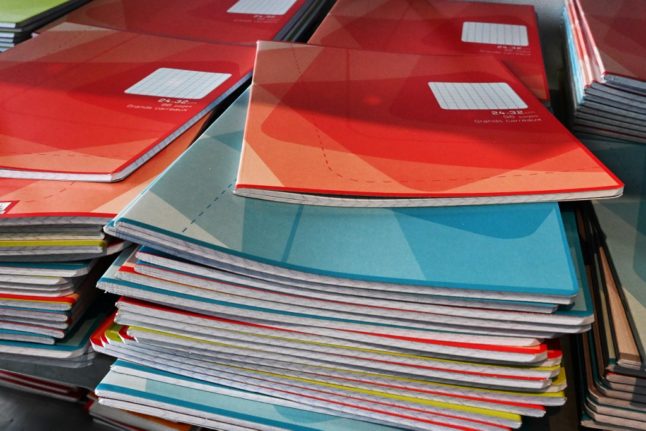Up to 20,000 infant and junior school teachers were expected to take part in the one-day strike, according to unions.
Protests were held outside the Ministry of Education in Rome, as well as regional headquarters in Turin, Milan, Bologna and other cities.
Some schools let out early due to staff shortages while a few remained closed altogether. In Genoa, some children joined teachers on the streets, holding placards that read: “Hands off my teacher”.
Unions called the strike in response to a ruling last month by the Council of State, Italy’s highest administrative court, which declared that teachers with a training college diploma – as opposed to the university degree now required to join the profession – are not eligible for permanent contracts in public schools.
Italian primary schools are allowed to employ people with old-style teacher training diplomas on temporary, fixed-term contracts to fill gaps in their rosters. After three years of service on this basis teachers are supposed to have the right to a permanent position – but to claim it, they have to be on an official register of qualified reserve teachers. The Council of State’s ruling definitely excludes them from that register.
The decision means that some 6,000 teachers already hired risk losing their permanent contracts and being forced back into substitute work, unions warn. It will also result in more than 40,000 diploma holders being struck off the reserve list.
While opponents claim that experienced teachers are being exploited, some argue that the ruling will open opportunities for younger recruits in a profession where competition for permanent contracts is fierce.
The Ministry of Education has asked advice from the government’s legal service and will seek “balanced solutions for the different interests and situations in play”, said Education Minister Valeria Fedeli. The priority is to ensure “educational continuity in this school year”, she said.




 Please whitelist us to continue reading.
Please whitelist us to continue reading.